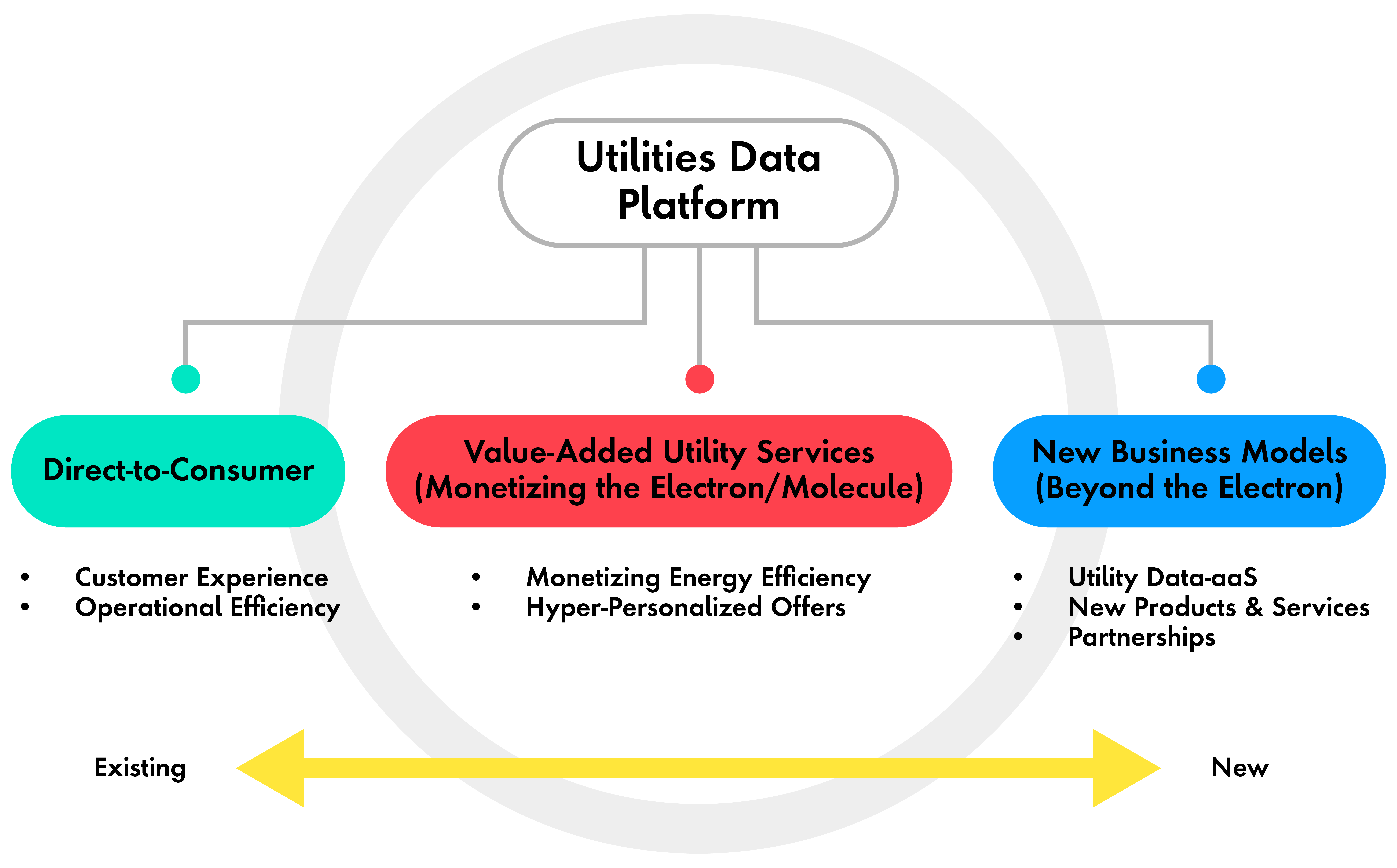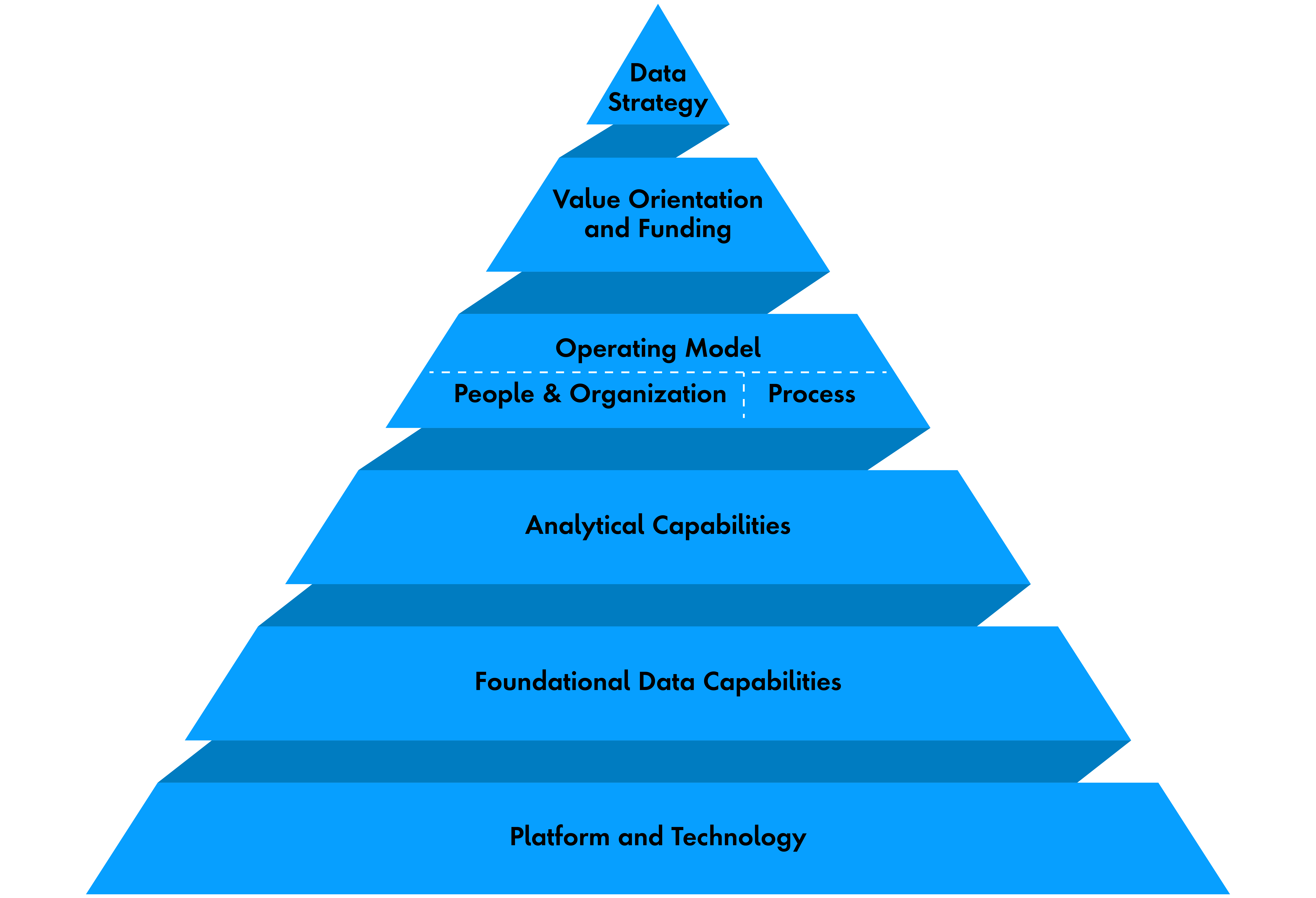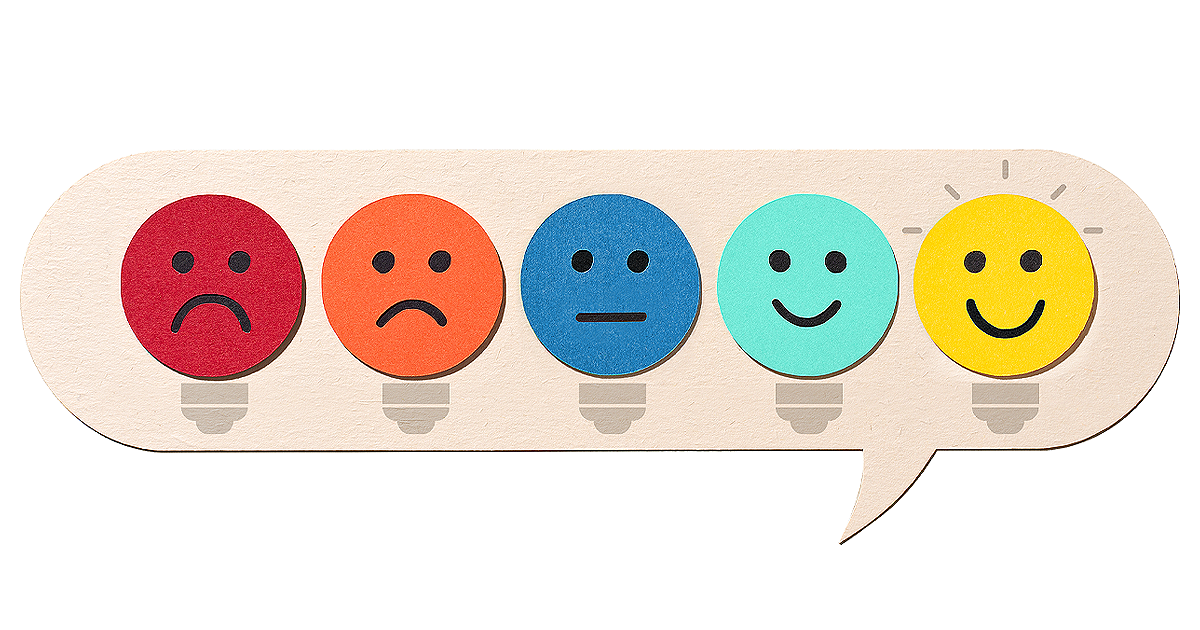What issue can we solve for you?
Type in your prompt above or try one of these suggestions
Suggested Prompt



Energy & Commodities
Thriving Amid Disruption: Why Utilities Need a Digital Data Platform
Thriving Amid Disruption: Why Utilities Need a Digital Data Platform
Supratik Chaudhuri

Executive summary:
- Disruption has become the new normal in the utilities sector
- Utilities organizations should invest in a utilities data platform to help navigate future disruptions
- A utilities data platform can improve customer service and operational performance, offer value-added services and monetize data through new business models
- Organizations can build a roadmap to transformation with the help of a Data Triangle framework that will help them realize new value and align with their business strategy
Disruption has long been top of mind for the energy industry, and that shows no signs of changing. As a result, utilities organizations should account for this in their plans. A utilities data platform (UDP) that unifies, consolidates and standardizes customer, asset, usage and field data insights could be the linchpin.
Here’s how utilities can get started with a UDP to identify new sources of value and ward off competitive threats.
Uncover data-driven opportunities
Historically, the relationship between utilities and their customers has been purely transactional. Customers paid the “rate” in exchange for a guaranteed supply of electrons. Their data was limited to account details, payment information and monthly consumption. However, today’s utilities are collecting a lot more data thanks to advanced metering infrastructure (AMI) and new digital channels.
Enriching this internal data by integrating it with external data gives utilities a huge opportunity. They can leverage data in three key ways: improve customer service and operational performance, offer new value-added services around core utility services and use new business models to monetize data. A UDP can accelerate and enable success in each of these domains.

Figure 1: How a utilities data platform enables success
1. Direct-to-consumer: improve customer service and operational performance
Utilities are recognizing that consumers should not be treated as ratepayers, but rather as customers. As a result, they have started investing in their customer engagement game.
Energy organizations are adopting new digital channels and implementing user-friendly designs that allow quicker transactions. As utilities continue to build their customer engagement programs, data will become the cornerstone to enable informing the customer and personalizing their experience.

Enhance customer experience
Contextual data-driven personalization can offer experiences aligned to the moments that matter in the customer’s journey. It develops an enriched 360-degree view of the customer by clustering data and creating personas.
Optimization algorithms can take data from supervisory control and data acquisition (SCADA) systems, assets, workforce management systems and other applications to accelerate repair work and updates on outage response, which can be proactively shared with the affected customers.
Integrating customer data with asset insights and field service data can also transform the way utilities quickly respond and successfully manage customer expectations during outages.
Lower acquisition cost
The cost of powering homes has increased in recent years, and that trajectory is unlikely to change anytime soon. In Germany, for example, rates will remain elevated through at least 2030, though this could change based on the deployment of renewable energy and demand-side flexibility. The rapid acceleration of extreme weather events only puts more pressure on rates globally.
Data can help differentiate the brand from competitors, reduce customer price sensitivity, improve customer retention, set pricing premiums and drive consumer satisfaction and advocacy. Clustering and affinity analysis can identify opportunities for cross-selling and upselling that enhance customer lifetime value by increasing switching costs and customer loyalty. Understanding the characteristics of profitable customer segments will help in driving online customer acquisition through better-placed media and ad buys.
Reduce cost to serve
Utilities invest a lot of time in serving customers but much of this time and effort boils down to just a few moments that matter in the customer’s life, such as high bills, outages and collections. The challenge has added urgency in the context of a disconnection crisis, which will only be exacerbated by higher rates.
By utilizing internal customer data and data from external third-party sources, utilities can predict a customer's ability to pay and their likelihood of defaulting and proactively encourage at-risk customers to prepay or take measures to avoid defaulting. Once behaviors are identified, utilities can automate processes to reduce the cost of manual, repetitive work.
Insights from a UDP can help predict likely behavior that can be proactively addressed through customer communications.
2. Offer value-added business services
A utility’s biggest asset is the electron or gas molecule. Understanding how it is consumed can enable utilities to provide value-added business services that will make the most difference to the customer.
In this context, the ability to collect the right data from the customer becomes crucial. By integrating data sources, the UDP reveals value-added opportunities that expand cost savings and lifestyle outcomes from consuming electricity and gas.
One Publicis Sapient project with a North American utility found that click-throughs and response uptakes were higher with personalized communication driven by customer behavior insights. The project also found that personalized communication helped customers sign up for programs such as time-of-use (TOU) pricing or peak time rewards that reduced energy bills. Utilities that want to have a greater impact with energy efficiency programs can leverage similar models to determine the optimal program for their customers.
Past personalization approaches in the industry have often looked at benchmarking “similar dwelling” usage data and leveraged gamification to bring about change. The issue with this approach is that it has limited influence as households that consume more energy have low incentive to reduce their consumption. That is why the personalization approach works: it uses insights to prompt the customer to adop new behavior that is easy, profitable and aligned to their psychographic profile rather than their usage profile.

3. Use integrated business models
Utilities can make the most of data monetization by leveraging the data that they have to identify new growth opportunities through a “utility data-as-a-service” model. The data can be masked to ensure privacy but can still be useful to other businesses that overlap with customers’ lives. This could include electric vehicle (EV) charging networks looking for suitable station locations or businesses considering microgeneration and microgrids.
In this way, data residing in a UDP can be used for opportunities that are outside traditional utility services. Some utilities, in both regulated and deregulated territories, do this through subsidiaries that focus on home services. Occasionally, there are limitations to how data can be shared between the regulated and the competitive arms of the utility. This is where a UDP can be useful.
If required, the UDP can avoid non-public data, but take full advantage of public data sources to market different products and services to different customer segments.
Take a strategic approach toward establishing a UDP with the Data Triangle framework
Traditional utilities may find it difficult to quickly pivot towards a UDP. Part of the challenge is that organizations often struggle to align data strategy to business strategy and organizational imperatives.
Organizations will benefit from identifying the value they want and connecting it to data strategy and initiatives. However, this is not just a technology-specific solution. Data organizations also need to consider people and processes, which include operating models, roles and responsibilities, funding and more. The model creates roles and responsibilities among both business and IT and ensures that change management is at the heart of how the operating model will successfully execute.
The Publicis Sapient Data Triangle provides a data program framework through which utilities organizations can build a holistic strategy (Figure 2). It encompasses three principles: people, processes and technology. Together, they form the building blocks of a core strategy.

Figure 2: The Publicis Sapient Data Triangle is a framework for a holistic data strategy
Organizations can use each part of the triangle to build a roadmap for a platform:
- Strategy: strategic direction for the use of data to deliver customer and business outcomes, and the data team’s role in the strategy
- Value orientation and funding: use of business value to drive use case prioritization and impact tracking; methodology to allocate and review funds and resources
- Operating model: organizational structure, roles and responsibilities, program governance and execution models, both within the data team and between it and the broader organization
- Analytical capabilities: direction, execution and steering of business and regulatory reporting, compliance and analytics
- Foundational data capabilities: governance of data and assets; management of data quality, architecture and standards
- Platform and technology: decisions around the selection of the platform, products, integrations and determination of standards
How can utility organizations make the most of the Data Triangle? Ultimately, the Data Triangle helps organizations realize new value. They can use it to identify what needs to be done at the organizational level and plan how to implement these changes at a tactical level. By prioritizing certain activities and use cases, they can build, maintain and enhance data lakes while remaining aligned with strategy.
A clear strategy at the executive level will enable the integration of a UDP and allow it to achieve objectives, become agile when navigating system stresses and increase customer and business value.
Publicis Sapient helps utilities organizations build and leverage data platforms that will give them the tools they need to weather any storm.
Related Reading
-
![]()
How Utilities Can Develop a Digital Strategy
By creating a strategy for digital transformation, utilities organizations can build the tools they need to thrive in an ever-changing landscape.
-
![]()
How Can Utility Providers Overcome Extreme Weather Events
This whitepaper analyzes EWEs, energy transition and the relationship between the two. Based on utility outage stories and input from industry experts, the whitepaper also seeks to answer the question, “What can utilities do about it?”
-
![]()
Electrifying Utility Customer Experience
Incumbent energy operators must reinvent customer experiences to stay competitive amidst new challenges and competition.







